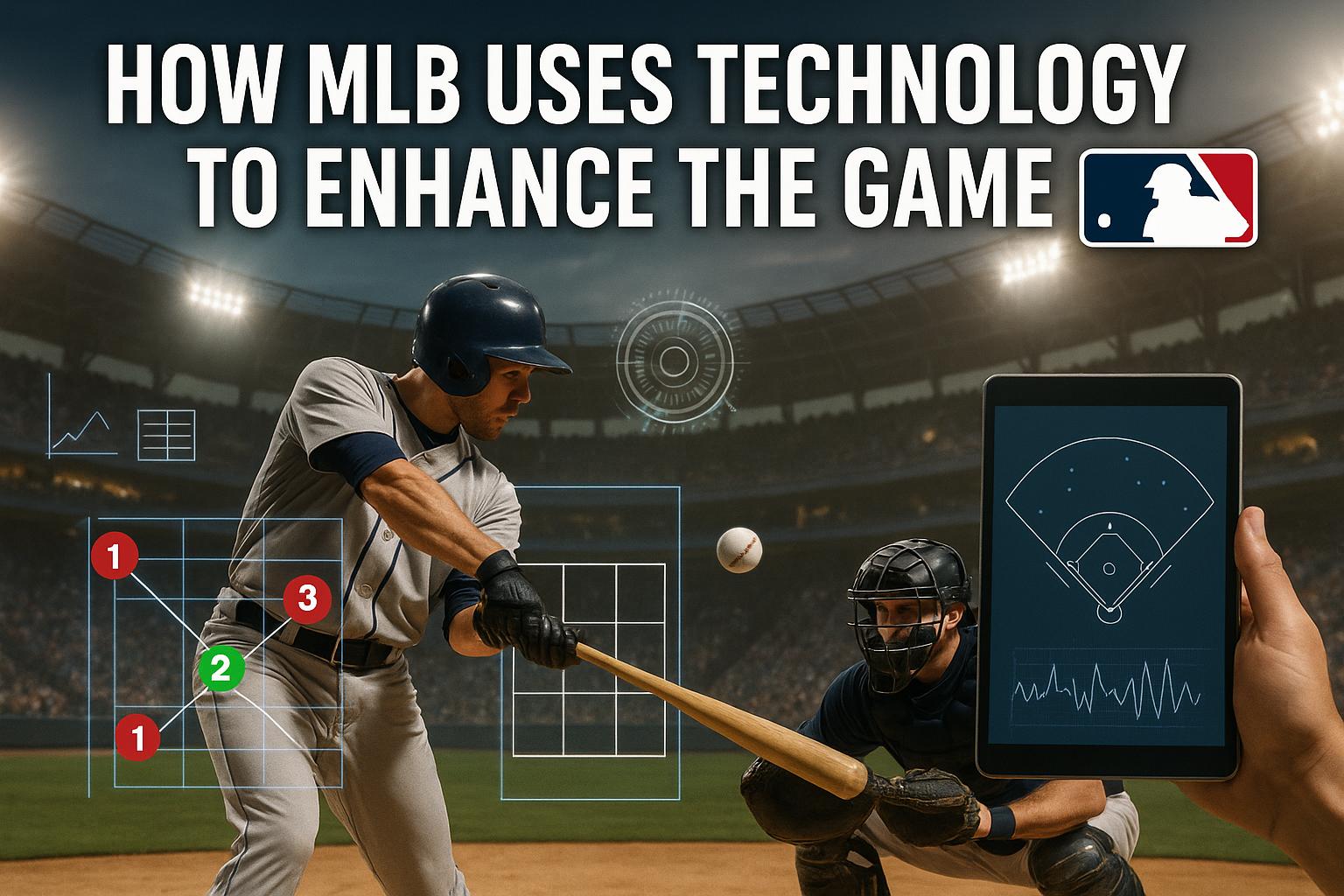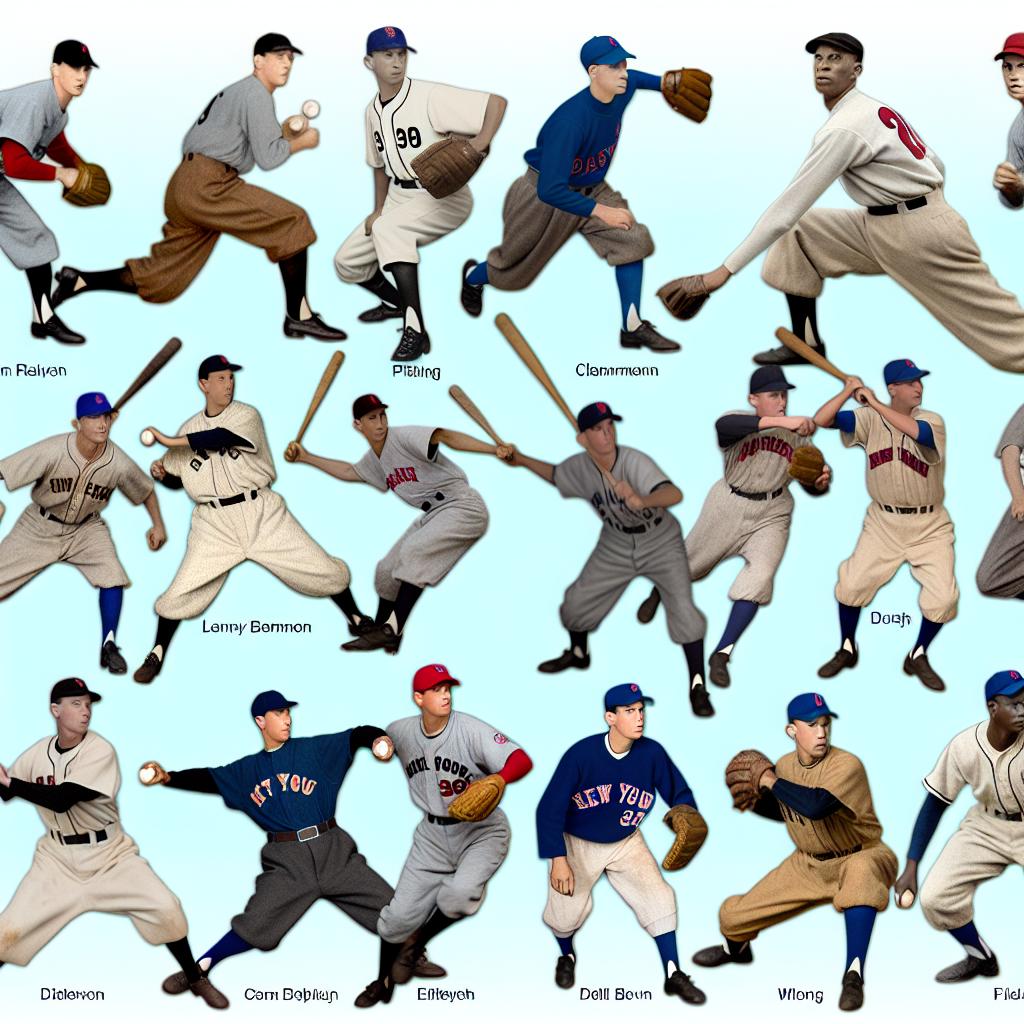Introduction
Major League Baseball (MLB) stands as one of the most historically rich sports leagues globally. As the dynamics of sports evolve, MLB has continuously integrated technology into its operations to enhance the overall experience for everyone involved, including players, coaches, officials, and fans. As a result, technology has become a cornerstone in revolutionizing various aspects of baseball, ensuring the game remains competitive and engaging. This article explores the multifaceted impact of technology on America’s favorite pastime.
Player Performance Analysis
In the modern era, technology plays a pivotal role in player performance analysis. The combination of advanced analytics and wearable technologies allows for unprecedented precision in assessing both physical and technical attributes of baseball players. Devices like wearable sensors and high-speed cameras are employed to meticulously examine aspects ranging from a player’s swing mechanics to their sprinting velocities on the field. Such tools empower coaches and analysts with in-depth insights, enabling more informed decisions when developing training programs and in-game strategies.
Statcast
Among the significant advancements in this realm is the introduction of MLB’s Statcast system. Since its inception in 2015, Statcast has leveraged high-resolution cameras coupled with radar technology to monitor both player movements and ball trajectories. The data generated—encompassing pitch speeds, exit velocities, and launch angles—proves invaluable not only for team strategists and broadcasters but also for fans seeking a more nuanced understanding of the game.
Pitch Tracking and Analysis
The evolution of technologies like Hawk-Eye has revolutionized pitch tracking by offering comprehensive visualizations of each pitch’s trajectory, speed, and location. This wealth of data serves dual purposes: it equips coaching staff with the knowledge needed to formulate sophisticated pitching strategies and aids umpires in making more precise and accurate calls regarding balls and strikes. Such systems are instrumental in maintaining the integrity and competitive nature of the sport.
Fan Engagement and Experience
Beyond player performance, technology has substantially enhanced fan engagement and overall experience. Through digital platforms like MLB.com and team-oriented apps, fans gain access to real-time score updates, highlights, and a range of interactive features that cultivate a deeper connection with their favorite teams. These platforms ensure that fans remain engaged and informed, irrespective of their physical location.
Virtual Reality (VR) and Augmented Reality (AR)
The foray into VR and AR spaces has introduced new dimensions to how the game is experienced. These cutting-edge technologies create immersive environments that allow fans to simulate the excitement of being present at a ballpark directly from their homes. Applications utilizing augmented reality offer live statistical overlays while watching games, thereby enriching the overall viewing experience and continuing to blur the lines between live and virtual spectating.
Smart Stadiums
As part of its commitment to enhancing fan experiences, MLB has embarked on the journey towards creating smart stadiums. These stadiums come equipped with amenities like high-speed Wi-Fi, mobile ticketing systems, and in-seat ordering for food and merchandise. This incorporation of technology transforms in-person attendance, making it a more seamless and enjoyable experience for fans attending games at stadiums.
Game Officiating
To uphold fairness and accuracy, MLB has adopted various technological solutions in the domain of game officiating. Since the introduction of the Instant Replay system in 2008, managers have gained the ability to challenge and review umpire decisions. Moreover, the continuous testing of electronic strike zones aims to provide consistent and unbiased assessments of balls and strikes, enhancing the accuracy of game calls and reducing human error.
Challenges and Considerations
Despite the notable advantages brought by technology, its integration is not without challenges. Issues such as maintaining the pace of the game, ensuring the preservation of traditional baseball values, and addressing potential technology malfunctions represent some of the difficulties MLB faces. Balancing innovation with the sport’s rich history and fan expectations requires a nuanced approach and ongoing dialogue among stakeholders.
Conclusion
The ongoing advancement of technology underscores MLB’s dedication to refining all facets of the sport. From amplifying player performance analytics to enriching the fan experience and ensuring the precision of officiating, technology has become indispensable in baseball’s evolution. As development continues, it is likely that MLB will persist in exploring innovative methods to further enhance the game’s competitiveness and accessibility. The future promises even more revolutionary changes as technology continues to seep into every corner of America’s beloved game.




